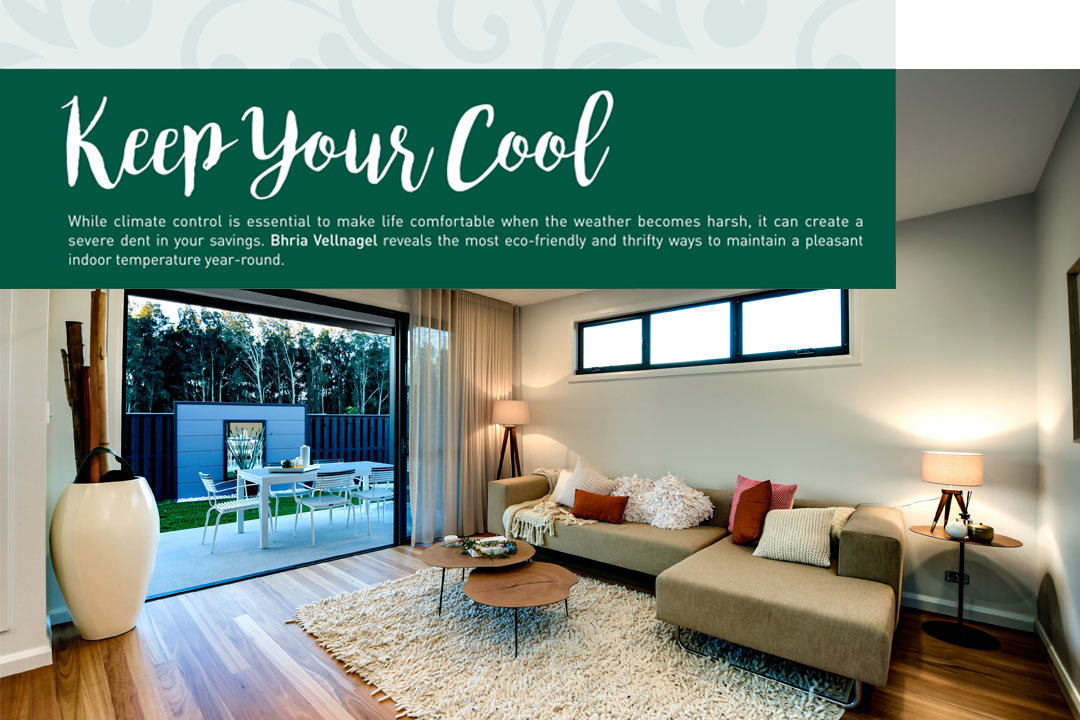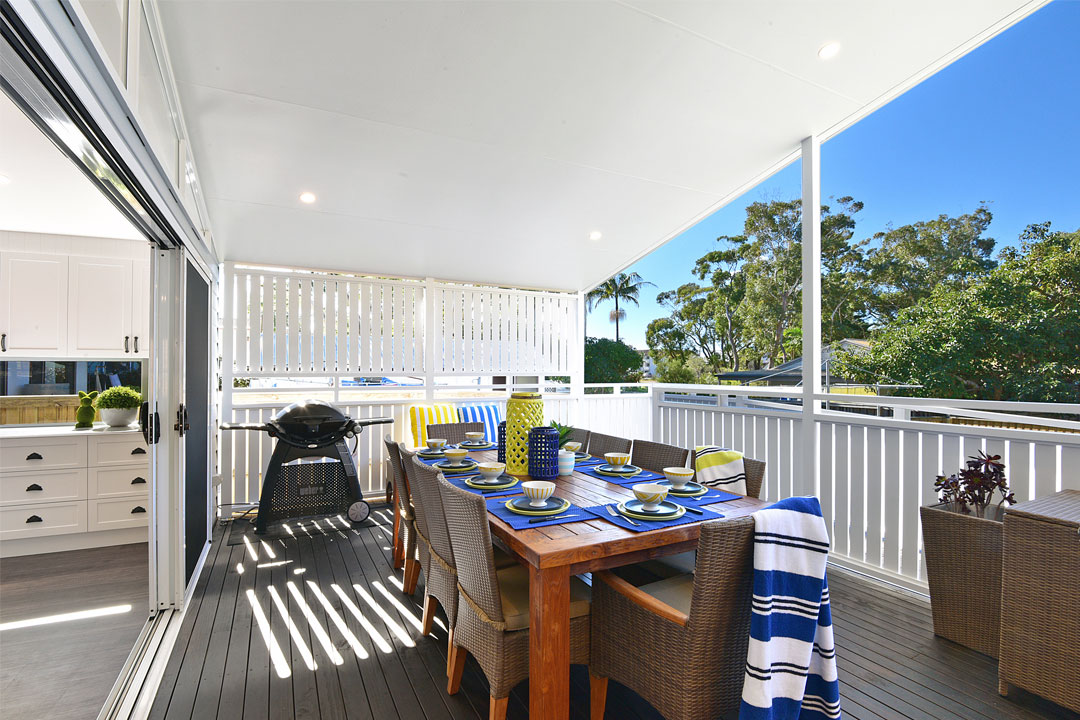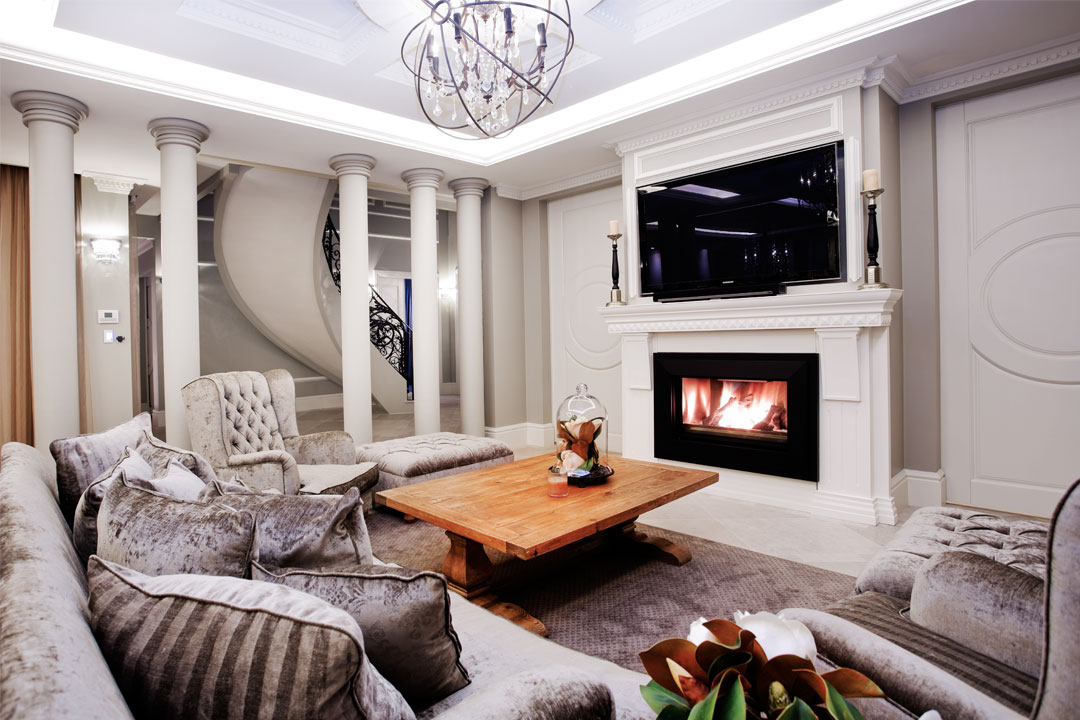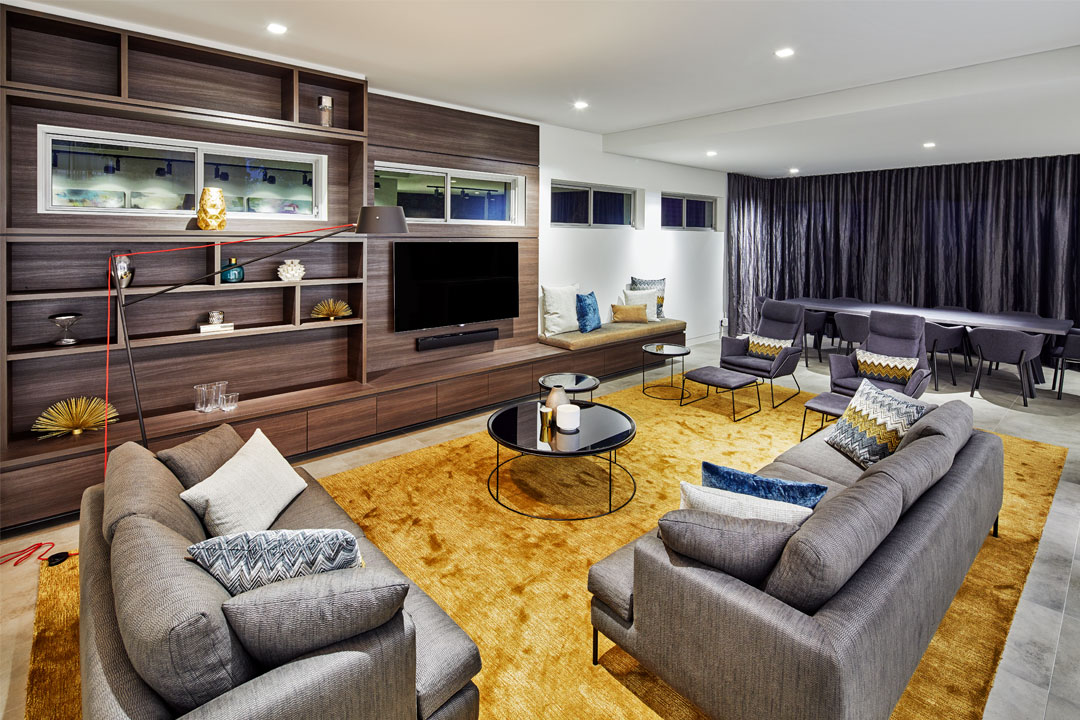
Keep Your Cool
As the seasons change, costly electronic climate-control appliances have become the common way to survive the diverse Sydney weather. However, excessive use of the air-conditioner will quickly put a strain on your finances. In addition, the negative environmental impact of these devices can be extreme. The lifestyle of 67 per cent of the world is powered by fossil fuels, which generate carbon dioxide and contribute to climate change through the heavy use of electricity. Luckily, there are plenty of eco-friendly and affordable ways to keep your household cool in summer and warm in winter.
Year-Round Comfort
Buying new appliances for each season to either cool or warm your home will quickly eat up your savings. These products eventually end up in landfill, which negatively impacts the environment. Nearly all appliances and packaging contain plastic, which can take up to 450 years to decompose naturally. This is a good motivator to buy as few appliances as possible. Proper insulation in your home will diminish the costs of controlling your indoor temperature and reduce the need for extra appliances. Floors, walls, ceilings and doors can all be insulated, which works for long-term, year-round protection from the elements.
Window Works
Excessive electricity is needed to control the temperature of an entire house. Instead, focus on occupied rooms only. Shutting doors and windows can lower your electricity bills by creating a smaller environment that can be quickly heated or cooled.
Go one step further by blocking outside air from creeping in under doors with a draught stopper – preferably a double-sided style for increased protection. Your home loses up to 40 per cent of the inside air through the windows, which can quickly add to your climate-control costs. Simple additions such as a curtains and blinds will help keep the air from escaping. Opt for styles that can be double-hung in winter for extra warmth. Fitting insulated curtains can reduce energy consumption by 20–50 per cent throughout the year. These are created with four separate layers – high-density foam, a vapour barrier, reflective film and a decorative layer – which combine to lower your heating and cooling costs. The decorative outer layer can be customised to your home for visual appeal. Double glazing your windows will protect your home from the outside temperature even further, as the small gap between the two sheets of glass will act as insulation. This option has the bonus effect of minimising outside noise, while lowering your climate-control costs by a minimum of 40 per cent!
Wonder Walls
The types of insulation for your walls and ceilings include bulk and reflective. Bulk insulation relies on trapping air in small pockets (much like double-glazed windows), while reflective insulation uses reflective materials to keep the outside temperature from entering the home, and vice versa. Both types of insulation can be made from recycled and recyclable materials like glass wool, polyester and cellulose fibre, which are highly environmentally friendly.
Thermacell Australia specialises in polystyrene building blocks, which are the best known insulator. By combining double-glazing and ceiling insulation, a home can eliminate 85–90 per cent of climate-control costs. With a Bushfire Attack Level (BAL) of 29 and a Sound Transmission Class (STC) of 48, Thermacell blocks are a great option for both rural and urban constructions.
Beat The Heat
When summer strikes Sydney, temperatures can reach dangerously high levels. Illnesses such as heat cramps and heatstroke are common during a heatwave. Drinking iced water and wearing loose-fitting clothing can only do so much in cooling down your body temperature; but before you fire up the costly air-conditioner, try these budget- and environmentally-friendly tips below.
Old-School Tricks
Ceiling and pedestal fans are cheaper to install and run than built-in air-conditioners as they use less energy, which also means that they’re better for the environment. It’s a commonly known fact that hot air rises, and switching on your ceiling fan to spin counter-clockwise will further push the hot air up and cool the room below. If you have a desk fan, try placing a bowl of iced water in front of it, which will recreate the feeling of an air-conditioner with a cooling mist. A comfortable temperature can be also accomplished with a pedestal fan and open windows. Negative-pressure ventilation is commonly used by fire fighters to clear smoke from the air, and the same method can be used to clear hot air from your home!

Simply open windows or doors at opposite ends of the house, and place a fan facing outwards at one of the openings to create airflow. While the fan pushes the hot air outside, the cooler air will come rushing in through the other opening. Another eco-friendly option for keeping your home cool is planting a tree outside a main window. Not only will this help the environment, but the shade from the tree will create a pocket of cool air. This pocket is the perfect source of air for negative-pressure ventilation, and will help lower the temperature within your home faster. Sweating and sticking to your sheets while you’re trying to get a good night’s sleep is one of the most annoying parts of summer. Materials like satin and polyester have poor airflow and will cause you to quickly overheat. Cotton sheets are best for summer nights, as cotton is the most breathable fabric. If you still aren’t cool enough, put the sheets in the freezer for a few minutes before bed to cool them down. Dampening them a little before doing this will also enhance the cooling effect.
Dinner At Dusk
Cooking in summer can often feel like an impossible feat; with the added heat from the oven and stove, a kitchen can quickly turn into a sauna.
When non-microwaved meals (other than salad) start to seem like a distant dream, head outside to cook up a storm while taking advantage of the cool night air. The air usually becomes bearable after the sun sets, which is the perfect time to cook up a feast on the weekend. Investing in a portable barbecue will allow you to cook wherever the breeze is coolest.
Baby, It’s Cold Outside
When winter sets in and the temperature drops, rugging up next to a fireplace can feel like heaven. Thermal underwear and hot water bottles are the go-to warmers in this chilly season, but when the cold manages to permeate these layers, try out some of the following tips and tricks!
Flaming Good
The romantic flames of a fire were used by our early ancestors to cook food and keep warm. In modern times, fireplaces have multiple purposes, from heating to decoration. In comparison to authentic wood fireplaces, gas fireplaces have gained popularity over recent years for their low combustion rate, lack of chimney, and customisable features. Gas fireplaces – like models from Australian company Real Flame – create less air pollution than wood-fuelled fireplaces, as natural gas is a clean fuel source.
While natural gas may be a finite fossil fuel, its energy efficiency enables very little of it to be used for the desired heating effect.
Rugged Up
No single-fibre fabric is better at keeping you warm than natural wool. The fibres within wool act as an insulator, and will trap your body heat. Wool is also incredibly sturdy, and a well-made jumper or coat may last you a lifetime. Wool rugs and blankets are great additions to your home in winter. Covering your floor with a woollen rug will not only keep your feet warm, but will also insulate your floors as it will allow less cold air to seep inside. Wool is also naturally fire-resistant, which means you can safely snuggle next to a roaring fireplace (but not too close!). Controlling the temperature within your home throughout the year has the potential to be expensive and harmful to the environment. By making use of some of the previously mentioned climate-control ideas, the yearly cycle of harsh weather won’t break the bank. Whether you choose to install insulation or an outdoor barbecue, or simply invest in a pair of woolly socks, each step will make your home more environmentally friendly, while cutting down your electricity costs.


